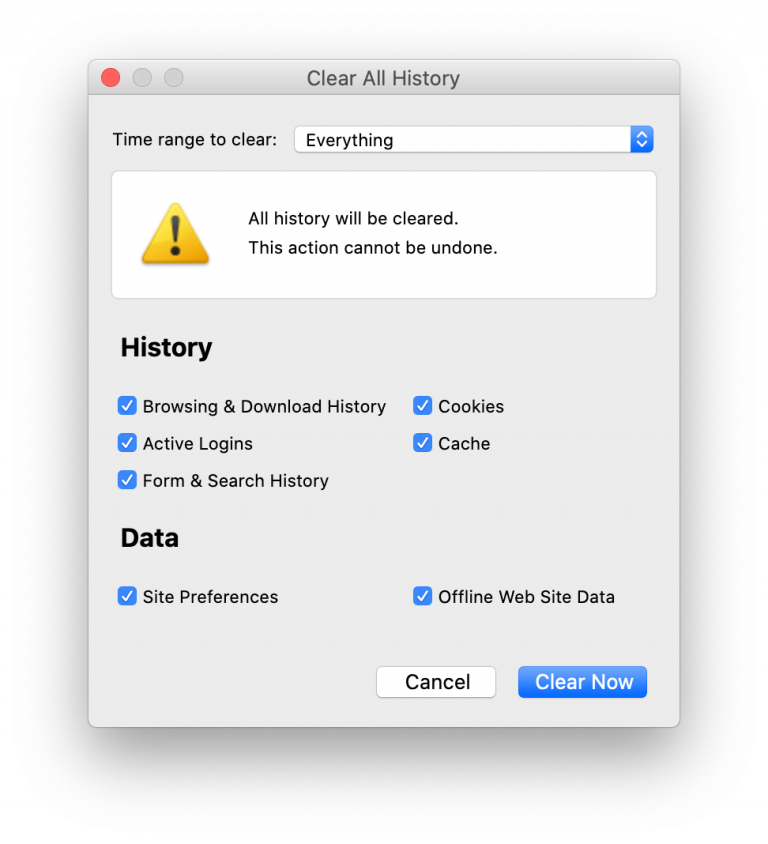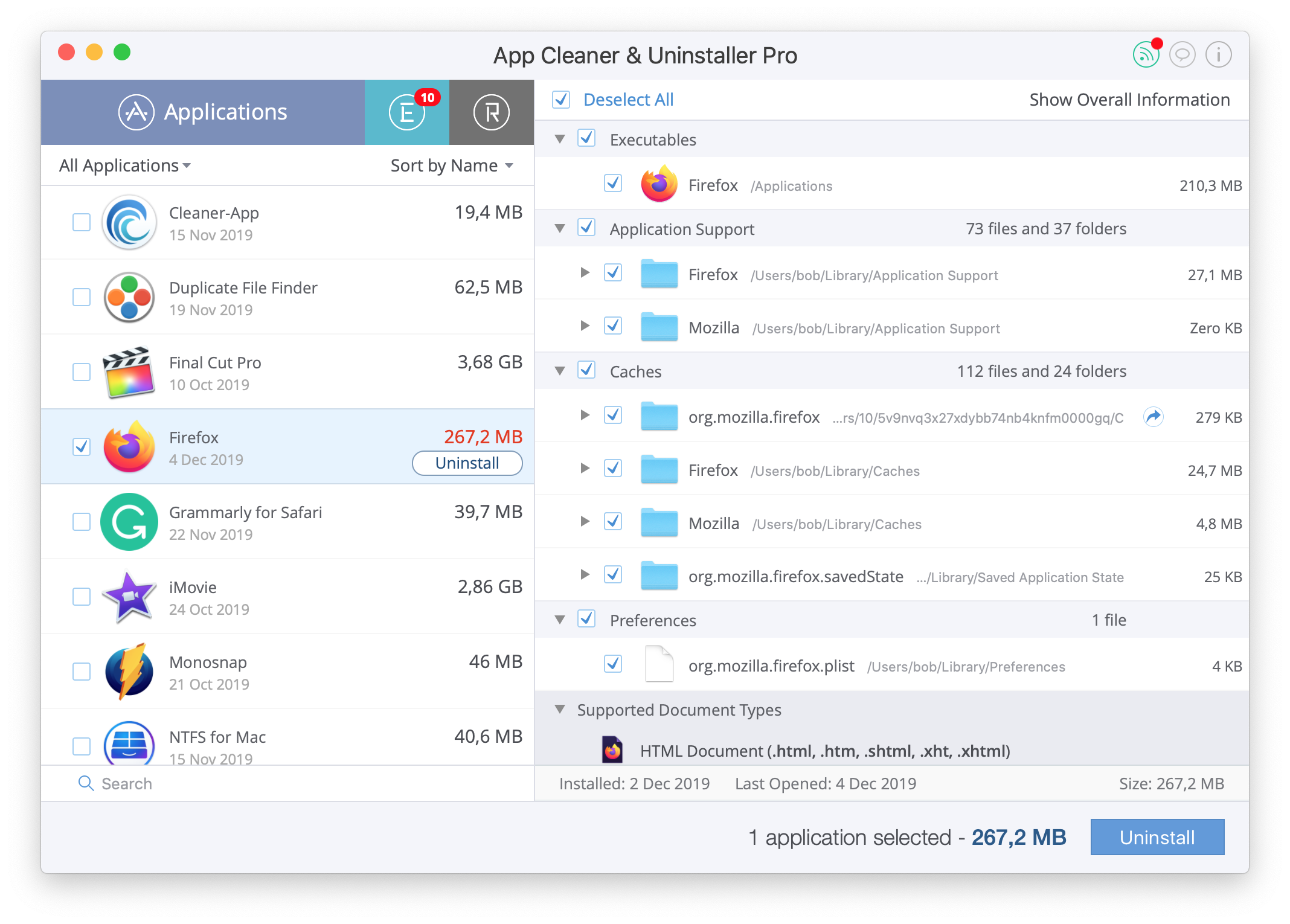

This will remove your Firefox user profile data, which includes bookmarks, passwords, cookies, preference settings and added extensions. This step is only recommended if you want to completely remove Firefox from your system, and you do not want to save any of your data. Note: In Firefox 30 and below on Windows, you can use the Firefox uninstaller option, "Remove my Firefox personal data and customizations" ( see above) instead of following these instructions.
How to uninstall mozilla firefox mac windows#
You may also need to manually change some Windows file associations or icons, even after setting a new default browser, as reported here.

Revo uninstaller) since these tools can sometimes do more harm than good! Also avoid using 3rd party uninstallers (e.g. Note: Registry editing is a potentially hazardous undertaking. Normally, these extra entries are harmless and it is not necessary to remove them. The Firefox uninstall will leave behind some Windows registry entries.

( Optional) Delete the following additional files or folders (recommended if you are preparing for a clean reinstall):.This step should not be needed unless the Firefox uninstall from the Windows Control Panel failed. If necessary, remove the "Mozilla Firefox" shortcuts in the Windows Start -> Programs menu by right-clicking and deleting the entries.Delete the Firefox Installation directory located here, by default: C:\Program files\ Mozilla Firefox or, on 64-bit Windows, C:\Program Files (x86)\ Mozilla Firefox (Optionally make a backup copy of the "plugins" or "browser/plugins" subfolder first, since it may contain the Windows Media Player Firefox plugin and/or other plugin files, so that you can restore it later if you plan on reinstalling Firefox.).Įven if the uninstall fails, as it may in some cases, continue on with the rest of the uninstall instructions. This option has been removed in Firefox 31 so, if you wish to remove your Firefox user profile data, you will need to do it manually ( see below for instructions). DO NOT select this option if you want to keep your Firefox profile data and settings. This removes your Firefox user profile data (bookmarks, passwords, cookies, extensions, preferences, etc.). Note: In Firefox 30.0 and below, the uninstaller includes the option, "Remove my Firefox personal data and customizations". On Windows XP (or below), double-click "Add or Remove Programs" Select "Mozilla Firefox " in the list of installed programs and click "Remove" to run the uninstaller.On Windows Vista and above, go to "Programs -> Programs and Features", select Mozilla Firefox and click click Uninstall.Move it to the Junk and fall it.ĥ.Go to the “Finder” choice and choose “Empty Junk.” Validate the choice in the pop-up screen.Exit Firefox completely, open the Windows Control Panel and then, Start the “Profiles” directory.Ĥ.Simply click the directory with the “.default” expansion. Start the “Application Support” directory. If you only want to remove the program, miss to Step 5.ģ.Simply click on the “Go” selection and choose “Home.” Start the “Library” directory. The Firefox Error:Your Browser Does not Support Cookies Or Cookies Have Been Disabledġ.Go to the “Applications” directory in the Locater.Ģ.Simply click “Firefox,” move it to the Junk and fall it. If you re-install the program, it will have the standard configurations.more information please visit this link. Removing both the program and the username and passwords removes all mozilla firefox details. Removing only the firefox program means that if you re-install mozilla firefox, all of your past favorites, selection items and selections will return. When you remove Mozilla firefox from your Mac, you have the option of eliminating only the program or eliminating the program and the user username and passwords.


 0 kommentar(er)
0 kommentar(er)
